There are moments in life when nature stops us in our tracks, like watching the Northern Lights ripple across the Arctic sky, standing close enough to Victoria Falls to feel its spray on your skin, or seeing the sea glow blue at night.
These moments remind us that the planet still has plenty of surprises. For lots of people living in the United States, especially those who’ve moved here from elsewhere, exploring natural wonders is a way to connect with new places while staying rooted in old ones. It’s about making memories to share with friends and family, even if they’re far away.
At Remitly, we know what that feels like, which is why we’ve brought together 15 of Earth’s most remarkable natural wonders to inspire your future trips, along with tips on when to go, how to keep costs down, and what makes each one special.
Quick-reference guide: Earth’s natural wonders
Here’s a handy table if you just want the essentials: where to go, when to go, and why it’s worth the trip.
| Natural Wonder | Location | Best time | Highlight | Tip |
| Aurora Borealis | Iceland, Norway, Alaska | September–March | Dancing green and purple skies | Fly from budget airlines to Reykjavik |
| Bioluminescent Beaches | Puerto Rico, Japan, Australia | Summer months | Glowing waves at night | Many are free to visit without tours |
| Grand Canyon | USA | Spring & fall | Layers of rock history | Free viewpoints on the South Rim |
| Giant’s Causeway | Northern Ireland | Year-round | Hexagonal basalt columns | Easy day trip from Belfast |
| Antelope Canyon | USA | March–October | Sandstone slot canyons | Book group tours at a lower cost |
| Victoria Falls | Zambia/ Zimbabwe | February–May (high water) | “The smoke that thunders” | The Zimbabwe side has cheaper stays |
| Blue Hole | Belize | Year-round | Diving into a sinkhole | Snorkel nearby for less cost |
| Plitvice Lakes | Croatia | Spring & fall | Terraced lakes & waterfalls | Affordable entrance |
| Salar de Uyuni | Bolivia | December–April (rainy) | Mirror reflections | Join group tour |
| Socotra Island | Yemen | October–April | Dragon’s Blood Trees | Travel with eco-tour operators |
| Zhangjiajie Pillars | China | Year-round | Avatar’s floating mountains | Cable car for cheap views |
| Cherry Blossoms | Japan | March–April | Sakura blooms | Parks are free to visit |
| Monarch Migration | Mexico | November–March | Millions of butterflies | Entry fees are low |
| Wildflower Superbloom | California | Spring after rains | Desert blooms | Visit state parks |
| Mammatus Clouds | Worldwide | Storm season | Pouch-like clouds | Free to see—check weather apps |
Atmospheric light shows
Some of the most magical natural wonders don’t happen on land at all; they light up the skies and seas.
Aurora Borealis and Aurora Australis
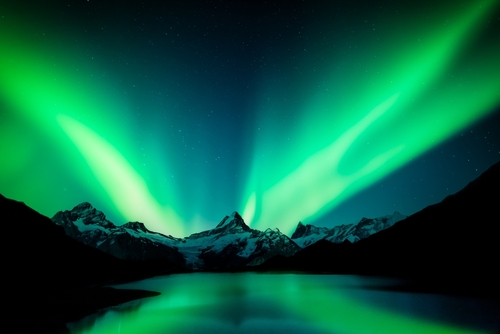
Photos of the aurora hardly do it justice. Caused by solar particles hitting Earth’s atmosphere, the sky shimmers with green and purple ribbons that look painted by hand. When you’re standing beneath them, the science fades into the background; it’s pure wonder.
Iceland is one of the easiest and most affordable places to see the Northern Lights. Scandinavia, Canada, and Alaska are also classics, while the Southern Lights glow in New Zealand and Tasmania.
Winter nights give you the best chance, and guided tours make things simple; some even pick you up from your hotel. You won’t want to forget a tripod for photos, and it’s best to book with small groups to keep the experience special.
Bioluminescent beaches
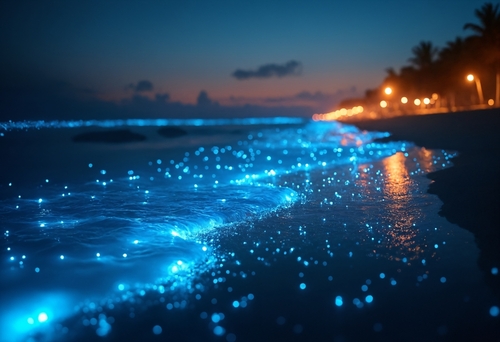
Imagine the sea glowing blue with every step you take. That’s bioluminescence, created by tiny organisms that flash when disturbed. It looks like magic, but it’s science at its most beautiful.
You’ll find glowing shores in Puerto Rico’s Mosquito Bay, Toyama Bay in Japan, and Jervis Bay in Australia. They shine brightest on warm summer nights, especially during a new moon.
In some places, you don’t even need a tour, just good timing. To keep the glow alive, admire it from the shore or a boat rather than swimming. And if you’re capturing the moment, try video; it often shows the sparkle better than a photo.
Geological marvels
Not every natural wonder flashes or glows. Some sit quietly, shaped over millions of years, showing us just how inventive the Earth can be.
The Grand Canyon, USA
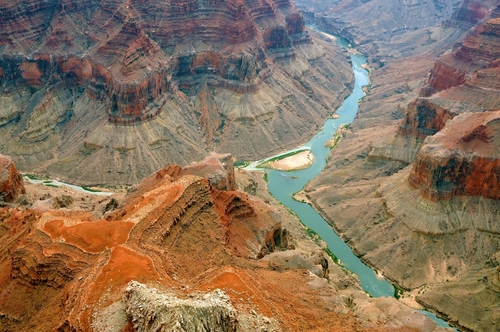
The Grand Canyon is like an open history book, its walls stacked with nearly two billion years of rock. Carved by the Colorado River, it’s so vast your eyes can’t find where it ends.
The South Rim is the most straightforward to visit, with free viewpoints and cooler conditions in spring or fall. Shuttle buses and wheelchair-friendly trails mean you don’t need to be a hardcore hiker. For photos, sunrise and sunset paint the cliffs in unforgettable reds and golds.
Giant’s Causeway, Northern Ireland
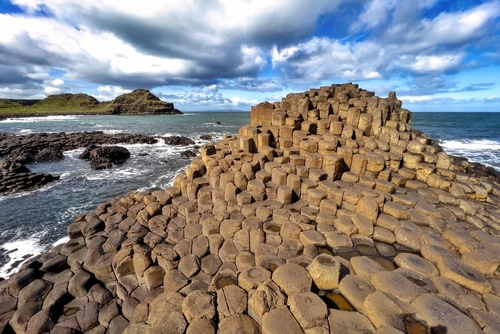
The Giant’s Causeway looks like a giant Lego project, hexagonal columns formed when lava cooled 60 million years ago. Irish legends say Finn McCool built it as a bridge to Scotland, which gives the place added charm.
It’s an easy day trip from Belfast and budget-friendly too. Shuttle buses run down to the stones, and the visitor centre mixes science with folklore. It’s best to stick to marked paths, though, as erosion is a real issue here.
Antelope Canyon, USA
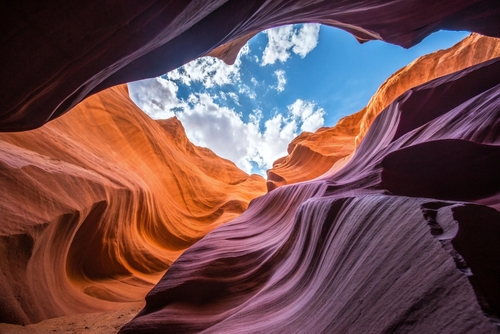
Antelope Canyon in Arizona doesn’t seem real until you’re inside it. Narrow, twisting walls of red sandstone glow as beams of sunlight pour through. You’ve probably seen it on Instagram, but in person, it feels otherworldly.
Because of flash floods, the canyon is only accessible on guided tours with Navajo guides. Prices can be high, but group tours keep costs lower. Midday is best for the famous light beams, though it’s worth putting your camera down to just take it in.
Water wonders
Water has a way of stealing the show, thundering down cliffs, plunging into the deep, or quietly shaping storybook landscapes.
Victoria Falls, Zambia/Zimbabwe
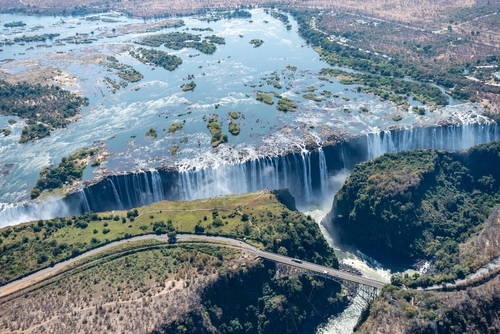
Victoria Falls doesn’t disappoint. Locals call it Mosi-oa-Tunya, meaning “the smoke that thunders,” and you’ll hear the roar and see the spray before spotting the drop. Spanning the Zambia–Zimbabwe border, it’s the largest curtain of falling water on Earth.
Go between February and May for full drama, or August to October for clearer views and rainbows. Budget travellers often choose the Zimbabwe side, where stays are cheaper. Early mornings mean fewer crowds and better photos, and staying at conservation lodges helps protect the wildlife.
The Blue Hole, Belize
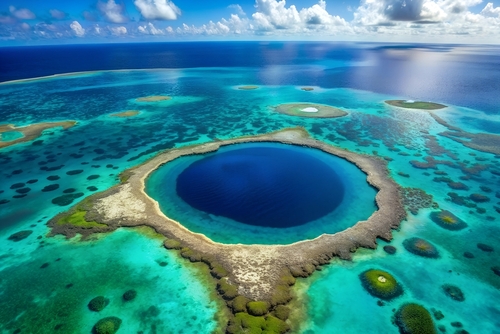
The Great Blue Hole is a giant, round sinkhole in Belize’s turquoise waters. From above, it’s breathtaking, and under the surface, you’ll find caves, stalactites, and a reef buzzing with life.
Not keen on diving 40 metres down? Snorkelling around the reef is cheaper and still impressive. It’s recommended to pick eco-certified tours to keep the ecosystem healthy. For that iconic aerial shot, small-plane tours are available too.
Plitvice Lakes, Croatia
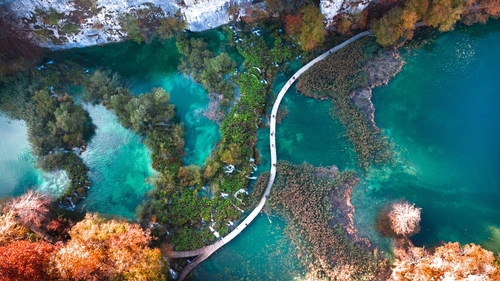
Plitvice Lakes feels like a fantasy film set: 16 lakes spilling into each other through waterfalls, framed by forests that shift with the seasons. Spring gushes, fall glows, and winter freezes the water into sculptures.
It’s also affordable compared to many Western parks. Boardwalks weave around the lakes, and shuttle boats connect the sections. Go early for mirror-like reflections before the crowds arrive.
Unique landscapes
Some landscapes look so strange you’d swear you’d landed on another planet. From giant salt mirrors to umbrella-shaped trees and stone towers rising through the mist, these are the places where nature really shows off.
Salar de Uyuni, Bolivia
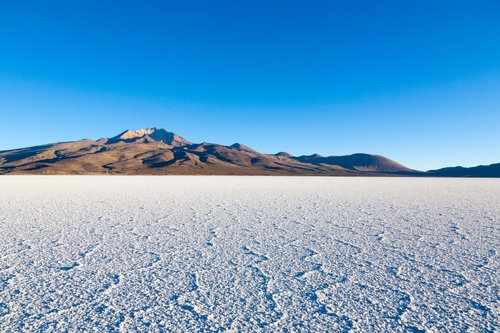
Salar de Uyuni is the world’s biggest salt flat, stretching as far as the eye can see. Most of the year it’s a blinding white desert, but when rain falls, a thin sheet of water turns it into the largest mirror on Earth.
It’s also more affordable than you might think. Group tours from Uyuni include jeep rides across the flats, cactus islands, and often a night in a salt hotel (yes, everything really is made of salt). And if you visit at the right time, flocks of flamingos add even more magic.
Socotra Island, Yemen
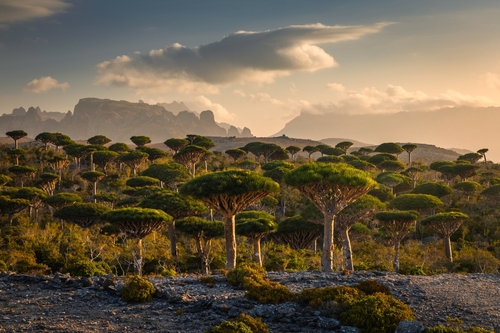
Socotra could easily be mistaken for a sci-fi film set. Its most famous residents are the Dragon’s Blood Trees, umbrella-like giants that drip red sap once prized for medicine.
Tourism here is minimal, so expect homestays or campsites rather than resorts. Eco-tourism is slowly growing, but that’s part of the island’s charm and responsibility. The best months are October to April, with soft sunrise and sunset light perfect for photos.
Zhangjiajie Pillars, China
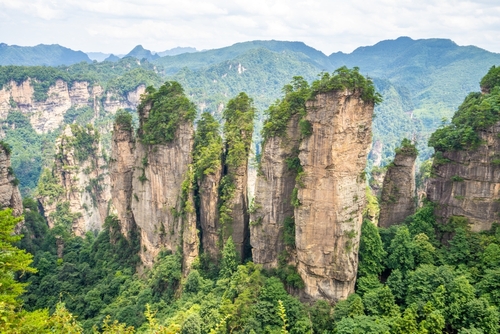
These sandstone towers look familiar for a reason: they inspired the floating mountains in Avatar. Formed over 380 million years, they rise like skyscrapers through the forest, often wrapped in mist that makes them look like they’re hovering.
The park is easy to explore thanks to cable cars, glass walkways, and clear trails, so you don’t need to be an expert hiker. Early mornings are the best time, the fog rolls in, and suddenly you’re standing inside a fantasy scene no filter could match.
Seasonal spectacles
Some of Earth’s wonders only appear for a short time each year. Blink and you’ll miss them.
Cherry blossom season, Japan
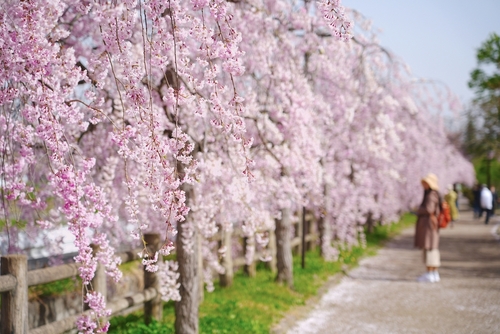
Cherry blossoms (sakura) are a symbol of renewal and fleeting beauty. Each spring, usually March to April, the country turns pink as people gather for hanami picnics under the trees.
The bloom sweeps from south to north, giving you more than one chance to catch it. Parks are free, so all you need is a picnic and good timing.
Monarch butterfly migration, North America
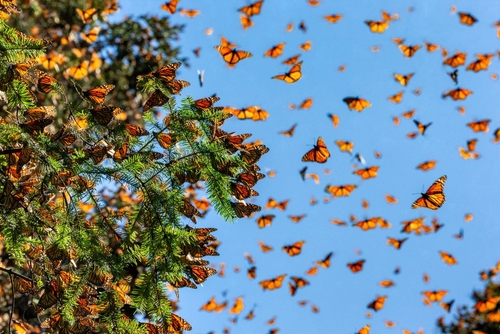
Every winter, millions of monarch butterflies travel thousands of miles to forests in central Mexico. The trees turn orange and gold as they cluster together, a sight so strange and beautiful it feels dreamlike.
The migration peaks between November and March, and reserves in Mexico open to visitors with small entry fees that go directly to conservation. Just remember to follow the rules: stay quiet, keep to the paths, and never touch the butterflies.
Wildflower superbloom, California
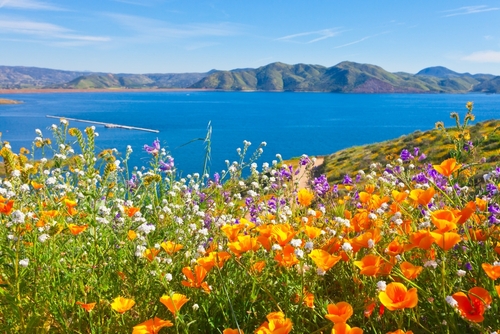
Deserts aren’t always barren. After heavy winter rains, parts of California explode into colour with a rare “superbloom.” For a few weeks in spring, fields of wildflowers blanket the landscape in orange, purple, and yellow.
The best viewing is from March to May in spots like Anza-Borrego Desert State Park or Carrizo Plain. State parks keep costs low, and the displays are unforgettable. Just resist trampling the flowers for a photo.
Rare weather phenomena
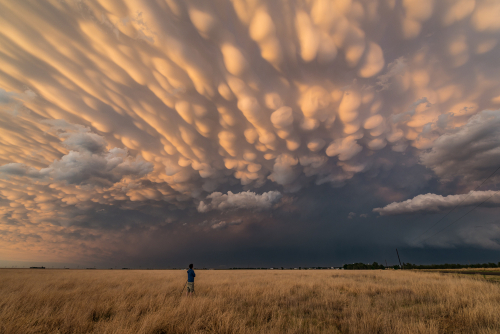
Some natural wonders appear suddenly and vanish within minutes. Mammatus clouds are a perfect example, strange, pouch-like formations that dangle from the sky like upside-down bubbles. They form after storms when cold air sinks into warmer air, creating shapes so surreal they look like a special effect.
They’re most common in the US Midwest but can appear anywhere with the right conditions. Photographers love them, especially at sunset when they glow orange and pink. Just remember: mammatus means storms are nearby, so enjoy the view from somewhere safe instead of chasing the weather.
Protecting Earth’s natural theatre
These wonders may feel timeless, but they’re more fragile than they look. Climate change, heavy tourism, and human activity are already affecting glaciers, coral reefs, and even familiar spots like the Giant’s Causeway.
How to travel responsibly
You don’t need to overhaul your plans to make a difference. Book eco-certified tours, stick to trails, and respect wildlife. Staying in family-run lodges or homestays helps local communities, while small habits, like carrying a reusable bottle or cutting down on plastics, matter when thousands of travellers do the same.
Creating your own natural wonders bucket list
Think about seasons, your budget, and whether you can combine trips. And when you get there, remember the magic isn’t just in the view. Sharing photos or calling home makes the experience richer, especially when family and friends can enjoy it with you from afar.
Taking these moments with you
Seeing these wonders is about the moments that make you pause. Maybe it’s standing under a sky of shifting colours, hearing the thunder of a waterfall, or walking across a salt flat that feels like another world. Those memories tend to stick.
FAQ
How can I plan trips to see multiple natural phenomena?
Check the seasonal timing and locations; some, like cherry blossoms and monarchs, can be combined if you plan carefully.
Are these natural wonders safe to visit?
Most are safe through guided tours or national parks, but always follow local advice and check conditions before you go.
Which natural phenomena are most threatened by climate change?
Glaciers, coral reefs, and seasonal migrations like monarchs are especially vulnerable.
Can these phenomena be predicted accurately?
Some follow regular patterns, like blossoms and migrations, while others, like auroras, depend on real-time conditions.
What’s the best way to photograph these natural wonders?
Sunrise, sunset, and natural light usually give the best results, and local guides often know the best spots.